The concept of “family” is one of humanity’s most fundamental and enduring social constructs, yet its forms and functions are remarkably diverse across cultures and throughout history. Far from a singular, monolithic entity, the family unit serves as the primary nexus for attachment, nurturance, and socialization, shaping individuals and societies alike. Understanding the multifaceted nature of family is essential for comprehending social order, individual well-being, and the practical dynamics of human interaction.
This comprehensive analysis aims to dissect the core definitions, structures, and evolving roles that constitute “family” in its various manifestations. Drawing upon established sociological and anthropological insights, we will provide a detailed and objective overview, focusing on the practical implications of different family arrangements. Our goal is to empower readers with clear, accessible, and factual information, enabling a deeper appreciation for this vital social institution and its adaptations in the modern world.
As society continues to evolve, so too do the structures and legal frameworks that govern family life. From traditional definitions rooted in marriage, blood, or adoption to contemporary forms shaped by choice and diverse circumstances, the family remains a cornerstone of human experience. This report offers a detailed examination of these dynamics, highlighting how various family types fulfill crucial socioeconomic, emotional, and legal functions for their members and for society at large.

1. **Defining the Family Unit**: The foundational understanding of family begins with its definition as “a group of persons united by the ties of marriage, blood, or adoption, constituting a single household and interacting with each other in their respective social positions, usually those of spouses, parents, children, and siblings.” This essential framework clarifies that family is not merely a collection of individuals, but a cohesive unit bound by specific relationships and shared living arrangements. It is within this structure that primary social roles and interactions are typically established and maintained.
It is crucial to differentiate the family group from a “household,” which can encompass “boarders and roomers sharing a common residence” who may not be united by the ties of marriage, blood, or adoption. While families often form households, not all households constitute families in this defined sense. This distinction is vital for accurate sociological analysis and for understanding the specific dynamics unique to kinship-based groups.
Furthermore, the family should be carefully differentiated from a “kindred” (which also concerns blood lines), because “a kindred may be divided into several households,” indicating a broader network of relatives that extends beyond the immediate living arrangements of a single family. This clarifies that while blood ties are central to both concepts, the family specifically refers to the more immediate, co-residing, and interacting unit.
Moreover, the core of the family group is “the parent-child relationship,” a feature that “may be absent from many marriage pairs” who do not have offspring. At its most basic, therefore, “a family consists of an adult and his or her offspring.” This highlights the fundamental biological or adopted link between generations as a defining characteristic, rather than simply the marital union itself.
This precise definition provides a practical lens through which to examine societal norms and expectations. By understanding these distinctions, individuals can better comprehend the varying forms of social organization and the specific responsibilities and benefits associated with each type of group, laying the groundwork for further exploration into family dynamics.
Read more about: Steer Clear: 14 Vehicles Notorious for Early Breakdowns Before 50,000 Miles
2. **The Nuclear Family**: Among the various family structures, the nuclear family stands out as a historically foundational and widely recognized model. This unit “most commonly consists of two married adults, usually a man and a woman (almost always from different lineages and not related by blood) along with their offspring, usually living in a private and separate dwelling.” This configuration emphasizes a contained, independent living arrangement centered around a marital couple and their biological children.
Believed to be “the oldest of the various types of families in existence,” the nuclear family has long been a subject of sociological interest. Its structure promotes a degree of autonomy and self-sufficiency, often contrasting with more extensive kinship networks. This independence can facilitate geographic mobility and adaptation to changing economic or social environments, as observed historically in Western societies.
The “Eskimo kinship terminology” commonly employed in most Western societies inherently “emphasizes the nuclear family.” This system uses “highly descriptive kinship terms,” such as “husband, wife, mother, father, son, daughter, brother, and sister,” to identify its members directly. This linguistic emphasis reflects the cultural prominence of the nuclear unit, suggesting a societal focus on the immediate, lineal relationships within this core group.
Moreover, societies utilizing Eskimo kinship terminology typically “favor neolocal residence,” meaning that “upon marriage, a person separates from the nuclear family of their childhood (family of orientation) and forms a new nuclear family (family of procreation).” This residential pattern further reinforces the autonomy and distinctiveness of each nuclear unit, highlighting its role as a self-contained social and economic entity responsible for procreation and socialization.
While other family structures have gained prominence and recognition, understanding the nuclear family provides a critical baseline for comparison and analysis. Its historical trajectory and influence on social norms underscore its enduring significance in discussions about family, offering insights into societal organization and the dynamics of interpersonal relationships.
Read more about: Remember the ’70s? 12 Wild Events and Trends That Were SO Everywhere, They Practically Lived in Our Living Rooms!
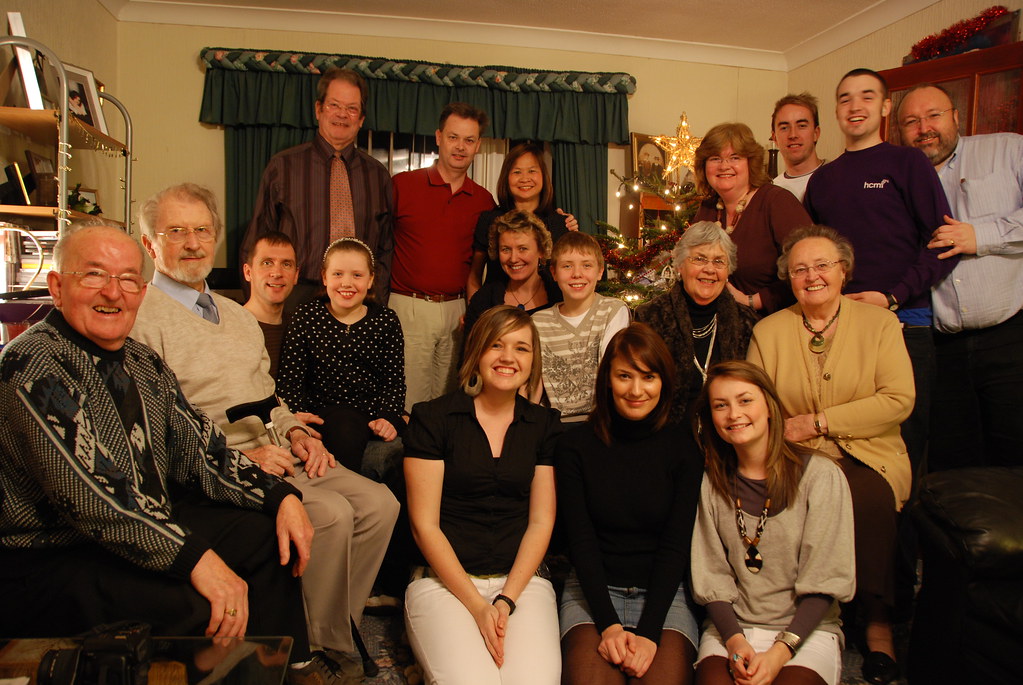
3. **The Extended Family (and Multigenerational Households)**: Beyond the nuclear unit, the extended family represents a broader configuration that encompasses multiple generations and collateral relatives living together or maintaining strong ties. This arrangement “sometimes includes not only the parents and their unmarried children living at home but also children that have married, their spouses, and their offspring, and possibly elderly dependents as well.” This comprehensive model integrates various family members into a single, often larger, cohesive unit.
Historically, the extended family was the predominant family type in many cultures. For instance, in “most cultures, the family was patriarchal, or male-dominated,” and this often manifested within extended structures. “In Roman times the family was still patriarchal, but polygamy was not practiced, and in general the status of women was somewhat improved over that suggested in the Hebrew Bible, although they still were not allowed to manage their own affairs.” The “family as it existed in medieval Europe was male-dominated and extended,” reinforcing the long-standing prevalence of patriarchal systems across diverse historical periods.
In the modern context, the “multigenerational family” represents a specific manifestation of the extended family where “grandparents, parents, and children lived together as a single unit.” This arrangement, which might include “the owners of a farm, one (or more) of their adult children, the adult child’s spouse, and the adult child’s own children (the owners’ grandchildren),” demonstrates a practical approach to shared living and support across age groups.
While this arrangement declined after World War II in the U.S., “reaching a low point in 1980, when about one out of every eight people in the US lived in a multigenerational family,” the numbers have been “rising since then, with one in five people in the US living in a multigenerational family as of 2016.” This resurgence is attributed to “demographic changes and the economic shifts associated with the Boomerang Generation,” as well as increasing numbers of “Aboriginal families, immigrant families, and high housing costs” in places like Canada. These trends underscore the adaptive capacity of extended family arrangements to contemporary socioeconomic pressures.
The extended family, whether as a broad network or a co-residing multigenerational household, provides a robust framework for mutual support, shared responsibilities, and the transmission of cultural values. Its continued presence and resurgence in various forms illustrate its enduring practical value in meeting the diverse needs of family members in different societal contexts.
4. **Socioeconomic Contributions of the Family**: The family unit performs a wide array of invaluable functions for its members, extending far beyond simple cohabitation. These functions are critical for individual well-being and societal stability, addressing emotional, social, economic, and practical needs. At its core, the family serves as a fundamental institution for mutual support and development, providing a predictable structure for members to mature.
Perhaps the “most important of all,” the family “provides for emotional and psychological security, particularly through the warmth, love, and companionship that living together generates between spouses and in turn between them and their children.” This inherent capacity to foster strong affective bonds creates a supportive environment essential for mental and emotional health, safeguarding individuals from isolation and promoting a sense of belonging. The family unit ideally offers a stable and secure environment where members feel valued and supported.
From a broader societal perspective, the family fulfills crucial social and political functions. It does so “by institutionalizing procreation and by providing guidelines for the regulation of sexual conduct.” This institutionalization ensures the continuation of society and provides a structured context for the rearing of new generations. Additionally, the family undertakes “the rearing and socialization of children,” imparting cultural norms, values, and essential life skills necessary for their integration into the community.
On the economic front, the family is a vital provider of basic necessities. It “provides food, shelter, clothing, and physical security for its members, some of whom may be too young or too old to provide for the basic necessities of life themselves.” This collective responsibility ensures that vulnerable members, such as infants, young children, and elderly dependents, receive the care and resources they require, acting as a primary safety net within society.
Finally, the family also extends its beneficial influence to humanitarian activities, “caring for its members when they are sick or disabled.” This compassionate role underscores its function as a primary caregiver, especially in times of vulnerability. Collectively, these diverse socioeconomic contributions highlight the family’s indispensable role in fostering individual well-being and promoting overall order and stability within society, acting as a foundational unit for collective flourishing.
Read more about: Shadows of History: Unraveling 15 Serial Killers’ Twisted Paths to Infamy and the Depths of Human Darkness
5. **Historical Transformations of Family Structure**: The configuration and dynamics of the family unit have undergone significant transformations throughout history, reflecting broader societal, economic, and cultural shifts. Historically, the prevailing model in “most cultures” was the “patriarchal, or male-dominated” family. This structure granted the male head of the family significant authority, often exemplified by practices such as polygyny, as seen in the “Hebrew Bible (or Old Testament), where the male heads of the clans were allowed to have several wives as well as concubines.” In such settings, “women had a rather low status.”
In Roman times, the family remained patriarchal, though “polygamy was not practiced, and in general the status of women was somewhat improved over that suggested in the Hebrew Bible, although they still were not allowed to manage their own affairs.” This indicates a gradual, albeit limited, evolution in gender roles and autonomy within the family framework. Medieval Europe similarly maintained a “male-dominated and extended” family structure, reinforcing the long-standing prevalence of patriarchal systems across diverse historical periods.
A pivotal shift occurred with “industrialization and the accompanying urbanization,” particularly in the West. This era “spawned—and continue[s] to spawn—many changes in family structure by causing a sharp change in life and occupational styles.” As “many people, particularly unmarried youths, left farms and went to urban centres to become industrial workers,” this process “led to the dissolution of many extended families,” paving the way for the rise of more independent nuclear units.
The “modern family that emerged after the Industrial Revolution” is distinctly different. “Patriarchal rule began to give way to greater equality between the sexes,” challenging traditional gender hierarchies. “Family roles once considered exclusively male or female broke down,” leading to more shared responsibilities; “Caring for the home and children, once the exclusive duty of the female, is often a shared activity, as, increasingly, is the earning of wages and the pursuit of public life, once the exclusive domain of the male.” This significant redefinition of roles underscores a profound movement towards egalitarian structures within the household.
These historical transformations illustrate the remarkable adaptability of the family as an institution, responding to economic pressures, social movements, and technological advancements. Understanding this evolution is crucial for appreciating the diversity of contemporary family forms and the ongoing negotiation of roles and responsibilities within them.
Read more about: From Screen to Scandal: Unveiling the Dark Sides of 9 Idolized Figures from Your Favorite Shows

6. **The Evolving Landscape of Family Law**: Family law, a critical societal construct, defines the legal relationships among family members and between families and society at large. This body of law is dynamic, continually adapting to cultural changes and societal needs, and represents a “delicate balance between the interests of society and the protection of individual rights.” Its evolution is a testament to changing perceptions of marriage, parenthood, and individual autonomy.
Historically, marriage laws often dictated a “legal transfer of dependency” for the bride “from father to groom.” This meant that “the groom assume[d] guardianship,” often controlling “all of his wife’s affairs,” and in systems like “English common law,” a woman “lost any legal identity through marriage.” While exceptions existed, such as “Muslim women, for instance, had considerable control over their own personal property,” the general trend emphasized male control and female subordination within the marital union.
The “emancipation of women in the 19th and 20th centuries changed marriage dramatically,” particularly impacting “property and economic status.” By the “mid-20th century, most Western countries had enacted legislation establishing equality between spouses,” fundamentally altering legal rights and responsibilities. Similarly, the concept of “economic maintenance,” traditionally solely the husband’s duty, saw “increasing recognition of a woman’s potential to contribute to the support of the family,” reflecting evolving economic realities.
At the “beginning of the 21st century,” family law has faced further complexities with “calls for acceptance of same-sex marriages and nontraditional families.” This highlights the ongoing societal dialogue about inclusion and legal recognition for diverse family forms. The dissolution of marriages, another key area of family law, also requires balancing “private and public interest,” moving from unilateral divorce systems, common in “Roman, Muslim, Jewish, Chinese, and Japanese” traditions, to modern recognition of mutual requests and specialized “family courts” for sensitive issues like child custody.
The “issue of children poses special problems for family law,” as societies increasingly recognize “the general benefit of protecting children’s rights and of prescribing certain standards of rearing.” This has led to legal interventions, such as “compulsory education” and legislation on “child labour and child abuse,” superseding parental authority in certain contexts. Furthermore, family law addresses “the succession of family interests upon the death of its members,” through wills or intestate laws, ensuring fair distribution of property and acknowledging family claims.
The continuous evolution of family law underscores its vital role in formalizing and safeguarding the rights and responsibilities within family units, adapting to changing social norms and ensuring the well-being of all members. It is a complex and living framework that mirrors societal progress and shifting values regarding one of humanity’s most cherished institutions.
Having established the foundational aspects and historical trajectory of family structures, we now turn our attention to the diverse and evolving forms of family that challenge traditional norms and reflect the complexities of modern society. This includes an examination of contemporary arrangements such as single-parent households, matrifocal units, families formed by choice, and blended families. We will also analyze the spectrum of marital configurations, from monogamous unions to various polygamous structures, before concluding with an in-depth look at the intricate systems of kinship terminology and the precise degrees of relationship used to categorize relatives across different cultures.
Read more about: What Happened to Bridget Fonda? Unveiling the Enigmatic Retreat of a Hollywood Royal, From Silver Screen Stardom to a Deliberately Private Life
7. **Single-Parent Family**: A single-parent family is characterized by “one parent together with their children, where the parent is either widowed, divorced (and not remarried), or never married.” This increasingly prevalent family structure can arise from various circumstances, fundamentally altering household dynamics and the allocation of parental responsibilities. The primary caregiver in such a family bears the significant burden of nurturing, socializing, and providing for the children.
The rise of single-parent families has been a notable demographic trend, driven in large part by “the divorce rate climbing drastically during the years 1965–1995, and about half of all children in the United States will live in a single-parent family at some point before they reach the age of 18.” While historically and presently “most single-parent families are headed by a mother,” there is a discernible increase in “the number of single-parent families headed by fathers.” This shift highlights changing societal norms and judicial considerations regarding parental roles.
Within this structure, the parent may hold “sole custody of the children,” or “separated parents may have a shared-parenting arrangement where the children divide their time (possibly equally) between two different single-parent families or between one single-parent family and one blended family.” Research suggests that “as compared to sole custody, physical, mental and social well-being of children may be improved by shared-parenting arrangements and by children having greater access to both parents.” This finding underscores the importance of continued engagement from both parents, even if they no longer cohabit, for the optimal development of their children.
Read more about: Feeling Alone? You’re Not! Here Are 10 Underrated TV Shows You Absolutely Need to Binge ASAP
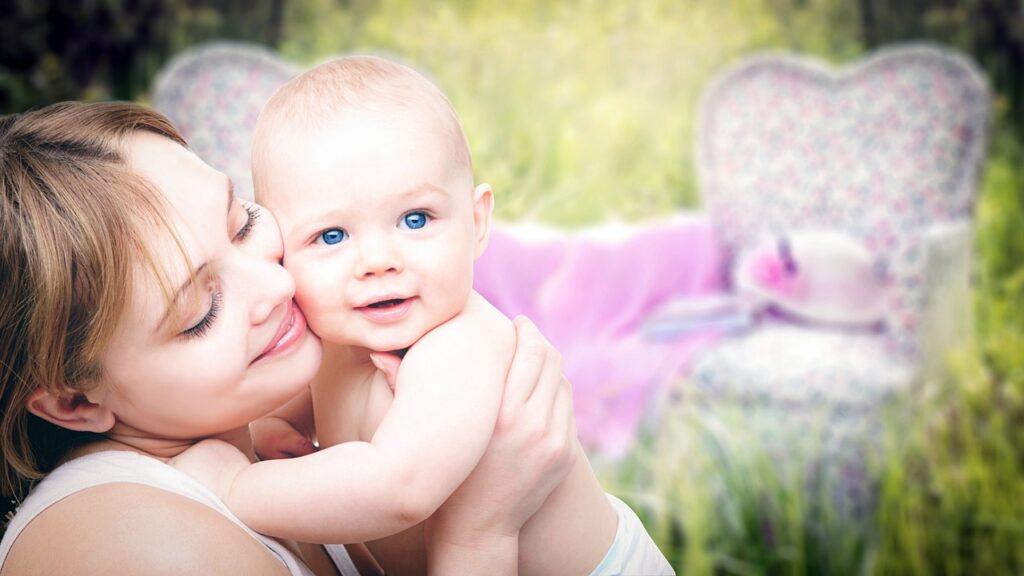
8. **Matrifocal Family**: A distinct family arrangement, the “matrifocal” family, is precisely defined as a unit that “consists of a mother and her children.” This structure emphasizes the central role of the mother as the head of the household, with the children generally being her biological offspring, though adoption is also a recognized pathway for forming such a unit in nearly every society.
The emergence and prevalence of matrifocal families are often linked to specific socioeconomic conditions. These families “occur commonly where women have the resources to rear their children by themselves, or where men are more mobile than women.” Such contexts enable women to independently provide for their offspring, or they arise in situations where men’s intermittent presence makes them secondary figures in the life of the family group.
Further defining this configuration, “a family or domestic group is matrifocal when it is centred on a woman and her children. In this case, the father(s) of these children are intermittently present in the life of the group and occupy a secondary place. The children’s mother is not necessarily the wife of one of the children’s fathers.” It is important to note, however, that the application of the term can vary across cultures; for instance, “for Nayar families, the family have the male as the ‘center’ or the head of the family, either the step-father/father/brother, rather than the mother,” demonstrating cultural nuances in leadership within these structures.

9. **Family of Choice**: The concept of a “family of choice,” also sometimes referred to as “chosen family” or “found family,” describes a group of individuals who, despite not being related by traditional consanguinity or affinity, fulfill the essential support roles typically associated with biological families. This term is particularly common “within the LGBT community, veterans, individuals who have suffered abuse, and those who have no contact with their biological parents,” indicating its origins in circumstances where traditional family support may be absent or inadequate.
This type of family distinguishes itself from the “family of origin” — the biological family or the one in which individuals are raised — by actively forming new, supportive bonds. The family of choice “may or may not include some or all of the members of the family of origin,” emphasizing that its formation is based on intentional connection rather than predetermined ties. It represents “family as a group of people that rely on each other like a family of origin would,” providing crucial emotional, social, and practical support.
Families of choice frequently arise due to the challenges many individuals face, such as “rejection or shame from the families they were raised in” after coming out in the LGBT community, or the unique camaraderie formed “through the recovery process” in 12-step communities. However, as a family system, they also “face unique issues.” Notably, “without legal safeguards, families of choice may struggle when medical, educational or governmental institutions fail to recognize their legitimacy.” Furthermore, members who have been disowned by their families of origin “may experience surrogate grief, displacing anger, loss, or anxious attachment onto their new family,” underscoring the complex emotional landscape they navigate.
Read more about: Steer Clear: 14 Vehicles Notorious for Early Breakdowns Before 50,000 Miles
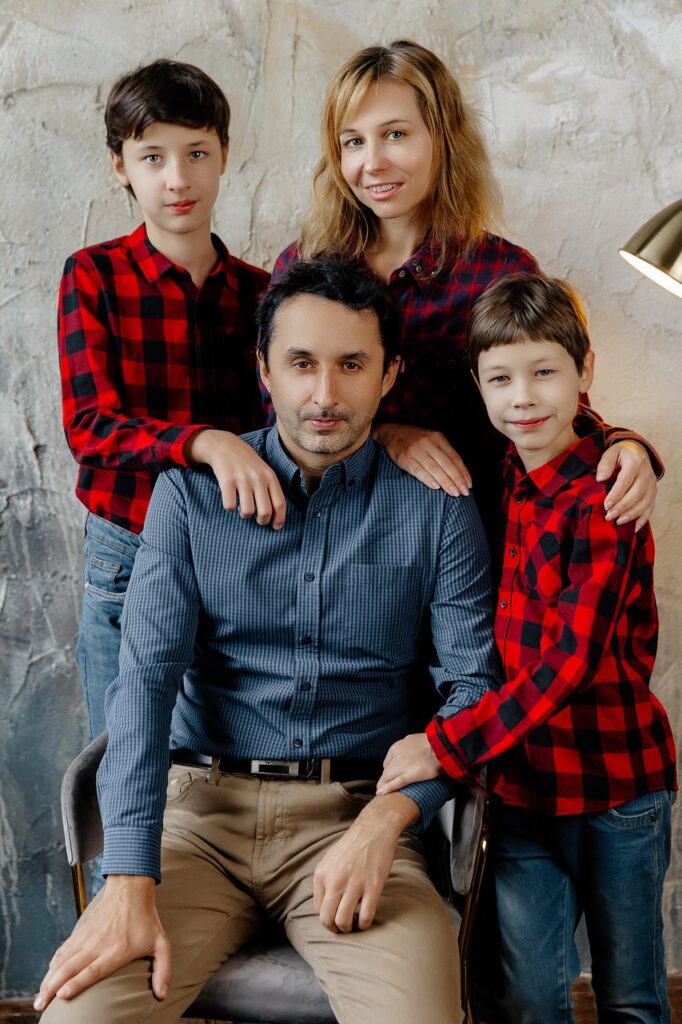
10. **Blended Family**: The term “blended family” or “stepfamily” accurately describes “families with mixed parents: one or both parents remarried, bringing children of the former family into the new family.” This definition highlights the integration of individuals from prior relationships into a new, unified household structure. In sociological discourse, this often contrasts with the “traditional family,” which social psychologist Michael Lamb defines as “a middle-class family with a bread-winning father and a stay-at-home mother, married to each other and raising their biological children.”
The prevalence of blended families has significantly altered the demographic landscape, such that “most of the US households are now non-traditional under this definition.” Critics of the “traditional family” term often point out that “in most cultures and at most times, the extended family model has been most common, not the nuclear family,” though the nuclear form had a longer tradition in England compared to other parts of Europe and Asia. The nuclear family did become the most common form in the U.S. in the 1960s and 1970s before these shifts.
Communication patterns within these families are critical, arising from “two underlying sets of beliefs”: “conversation orientation (the degree to which the importance of communication is valued) and two, conformity orientation (the degree to which families should emphasize similarities or differences regarding attitudes, beliefs, and values).” Blended families, encompassing structures from stepfamilies to cohabitating families (where guardians are not married and children may have step or half-siblings), can present unique challenges. Research suggests that “some adolescents would be prone to ‘acts of delinquency,’ and experiencing problems in school ranging from a decrease in academic performance to increased problematic behavior.” Emotional detachment and difficulties in adapting to new family activities can also contribute to tension and a lack of connection, emphasizing the need for effective communication and integration strategies.
Read more about: Lou Donaldson, Alto Saxophonist Who Bridged Bebop’s Precision and Soul-Jazz’s Groove, Dies at 98
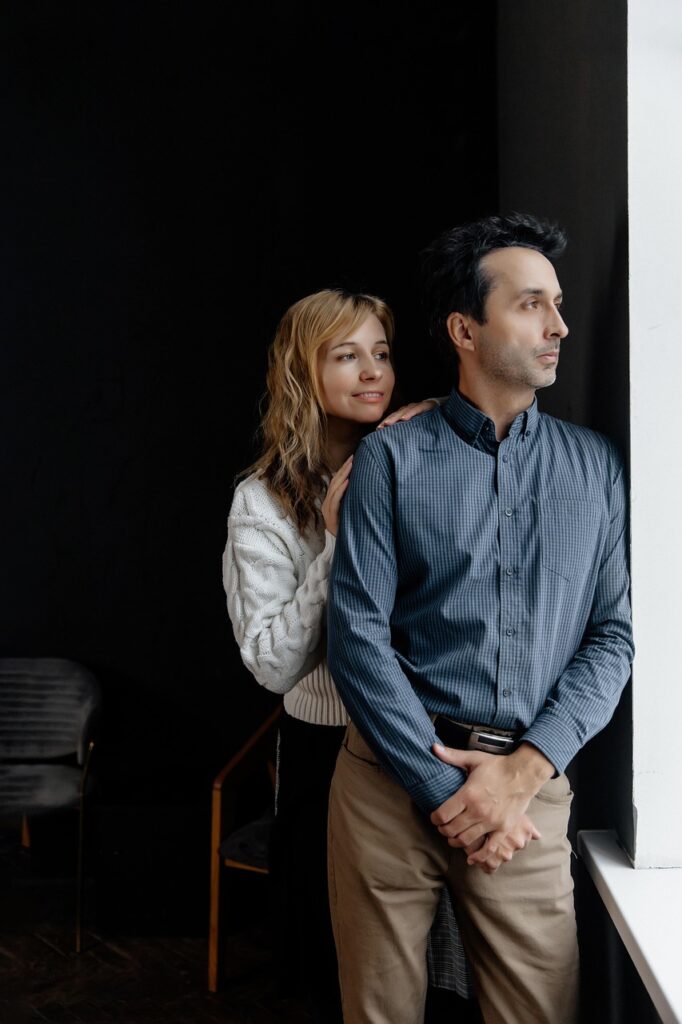
11. **Monogamous Family**: At its core, a “monogamous family is based on a legal or social monogamy.” This fundamental marital configuration dictates that “an individual has only one (official) partner during their lifetime or at any one time (i.e. serial monogamy).” The principle of monogamy is deeply embedded in the legal and social frameworks of many societies, particularly in Western cultures.
The legal enforcement of monogamy is evident in “bigamy laws,” which universally prohibit “the act of entering into a marriage with one person while still legally married to another” in jurisdictions that require monogamous unions. This legal framework reinforces the expectation of exclusive partnership within marriage. While historical contexts and cultural variations exist, the emphasis on one partner at a time remains a defining characteristic of monogamous family structures in many contemporary societies.
“Modern marriage is best-described as a voluntary union, usually between a man and a woman,” although vestiges of arranged marriages persist in some regions. The evolution of family law, as discussed in Section 1, has consistently moved towards establishing equality between spouses within this monogamous framework, reflecting changing societal values regarding partnership and individual rights.
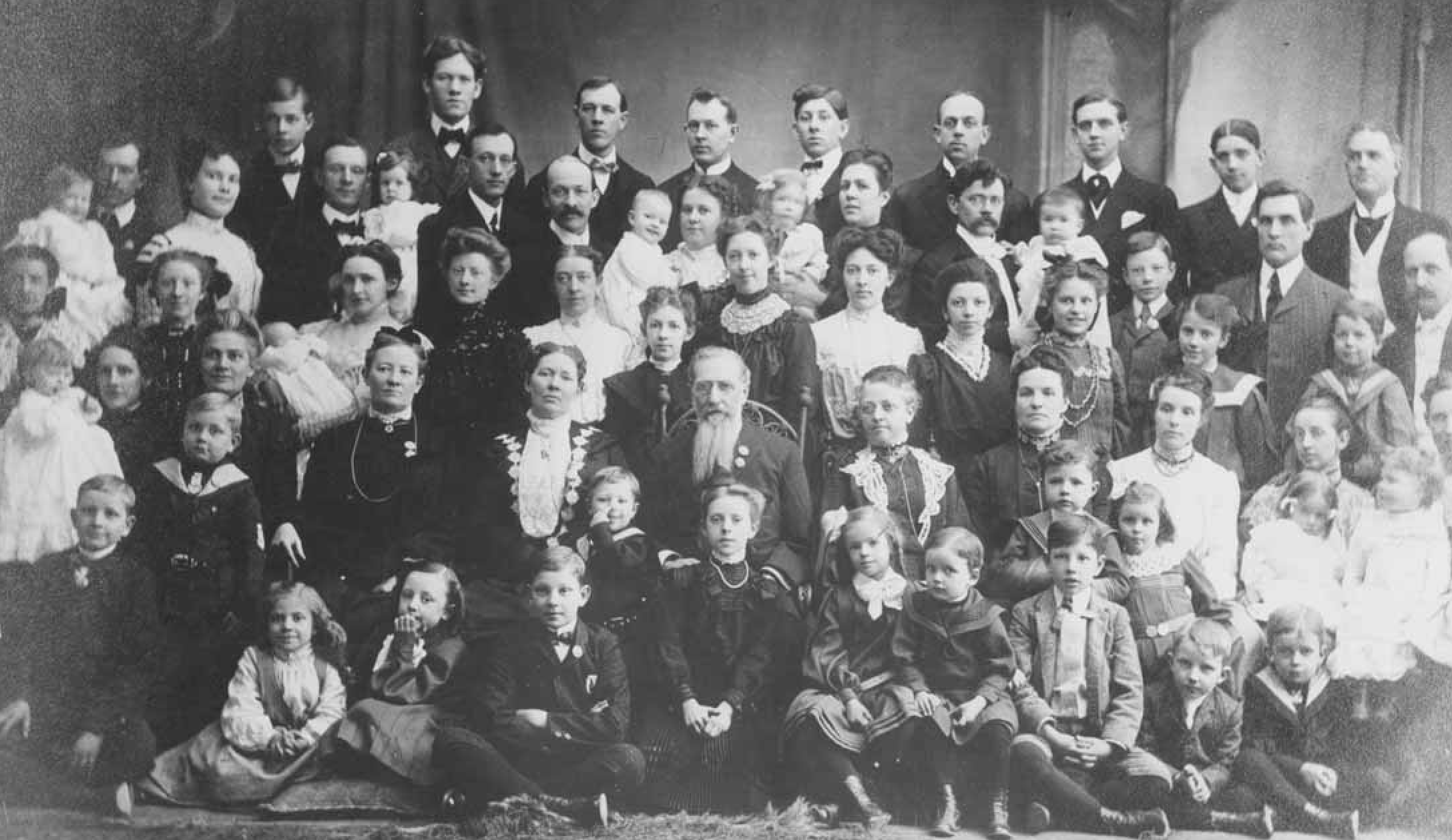
12. **Polygamous Family**: In contrast to monogamy, “polygamy is a marriage that includes more than two partners.” This broad definition encompasses several distinct forms, each with its own cultural and social implications. The existence of polygamy highlights the wide spectrum of accepted marital arrangements across the globe.
One primary form is “polygyny,” which occurs “when a man is married to more than one wife at a time.” In contemporary countries where plural marriage is permitted, polygyny is typically the only form legally sanctioned. It is “practiced primarily (but not only) in parts of the Middle East and Africa; and is often associated with Islam,” although it is important to note that “there are certain conditions in Islam that must be met to perform polygyny,” underscoring its regulated practice.
Conversely, “polyandry” describes a less common form “whereby a woman takes two or more husbands at the same time.” A specific manifestation of this is “fraternal polyandry, where two or more brothers are married to the same wife,” which has been traditionally observed in areas such as the Himalayan mountains, among Tibetans in Nepal, and in parts of China and northern India. Polyandry often thrives “in societies marked by high male mortality or where males will often be apart from the rest of the family for a considerable period of time,” suggesting its adaptive function in specific environmental and social conditions. Furthermore, if a marriage configuration involves “multiple husbands and wives,” it may be referred to as “polyamory,” “group,” or “conjoint marriage.”
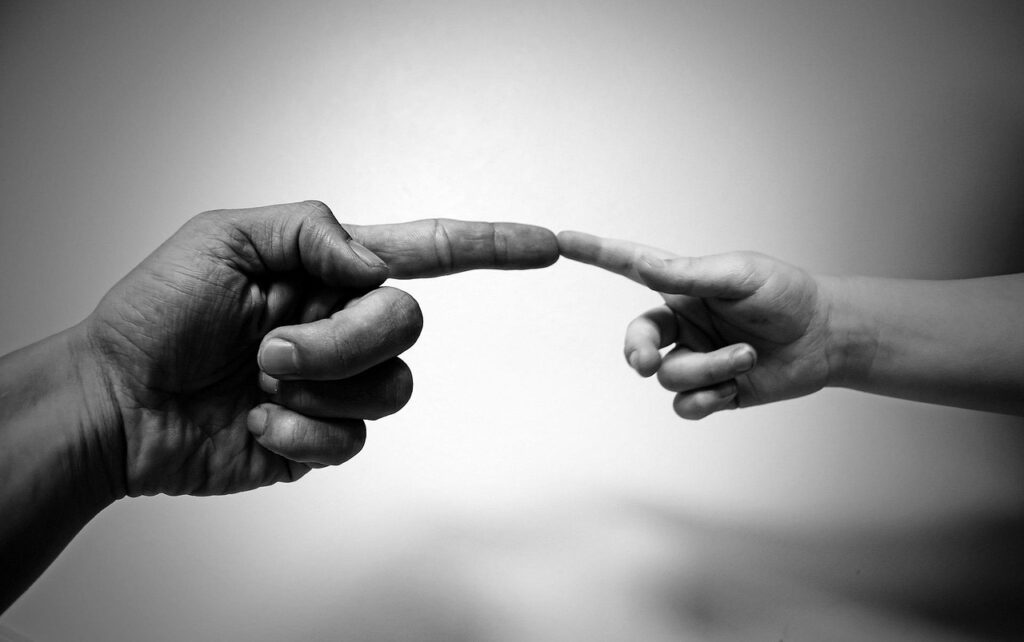
13. **Kinship Terminology and Degrees of Relationship**: Beyond the structural types of families and marriages, the way societies classify and refer to relatives provides deep insights into their social organization. “Kinship terminology” refers to the system of terms used to define these relationships. Anthropologist Lewis Henry Morgan’s foundational work identified that these terminologies “reflect different sets of distinctions,” such as “between sexes (the difference between a brother and a sister) and between generations (the difference between a child and a parent).”
Morgan further distinguished between “classificatory terminology” and “descriptive terminology.” Classificatory systems group relatives who might not have the “same type of relationship to ego” under a single term, often by not distinguishing between lineal (direct ancestors/descendants) and collateral (off-line) relationships. Descriptive systems, conversely, make these distinctions. Morgan’s research into “Seneca inheritance practices,” where a man’s effects were inherited by his sisters’ children rather than his own, illustrated the practical implications of such systems. He identified six basic patterns: Hawaiian, Sudanese, Eskimo, Iroquois, Crow, and Omaha, each with unique ways of differentiating or classifying relatives based on sex, generation, and lineage.
In most Western societies, “Eskimo kinship terminology” is employed. This system “emphasizes the nuclear family” by using “highly descriptive terms” for its members like “husband, wife, mother, father, son, daughter, brother, and sister.” All other relatives are categorized more broadly. For “collateral relatives,” terms like “Aunt, Uncle, Niece, and Nephew” come into play, which “do not traditionally differentiate between a collateral relatives and a person married to a collateral relative.” Cousins are further classified by “degrees of collaterality and removals,” where the degree is the number of generations to the common ancestor before a parent is found, and removal is the generational difference between the cousins to that ancestor.
The “degrees of relationship” also define the genetic and social closeness between individuals. A “first-degree relative is one who shares 50% of your DNA through direct inheritance, such as a full sibling, parent or progeny.” This can also be measured by “counting up generations to the first common ancestor and back down to the target individual” for genealogical and legal purposes. For instance, half-siblings and grandparents are typically second-degree relatives, sharing 25% DNA, while first cousins are third-degree, sharing 12.5%. “Aggregate relatives,” or those related by marriage, are designated with the “-in-law” tag, such as mother-in-law or sister-in-law, signifying legally recognized but non-blood ties. These intricate systems provide a structured way to understand and navigate the complex web of family connections.
The journey through the intricate world of family structures reveals an astonishing diversity and remarkable adaptability. From the foundational nuclear and extended families to the contemporary forms shaped by choice, divorce, and cultural practices, the family remains a dynamic and essential institution. Understanding these varied arrangements—from monogamous unions to polygamous configurations, and through the lens of sophisticated kinship terminologies—empowers individuals with a clearer perspective on societal organization and interpersonal bonds. This objective analysis underscores that while definitions and forms may evolve, the fundamental human need for connection, support, and a sense of belonging, largely fulfilled by family, endures as a cornerstone of human experience.

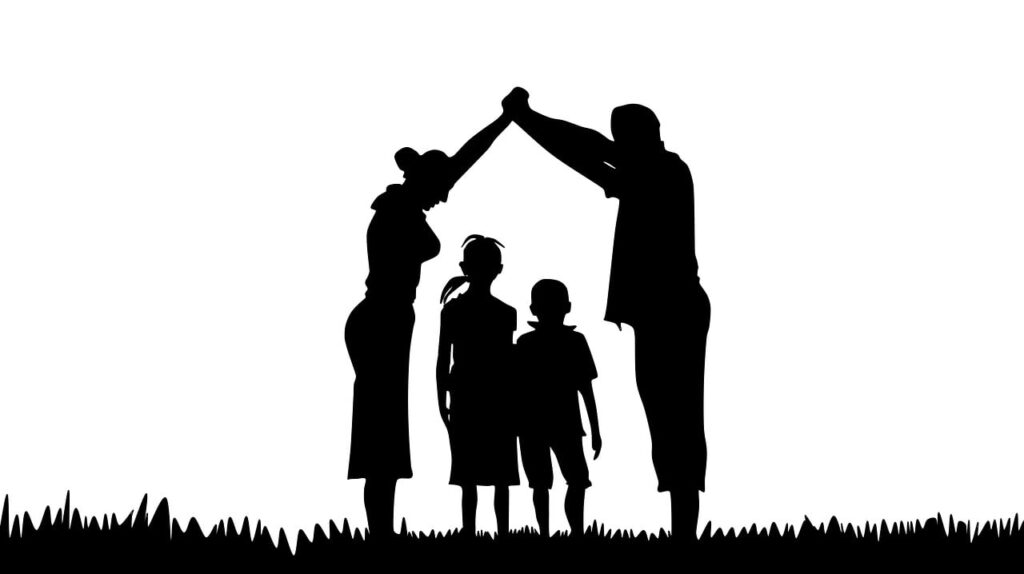
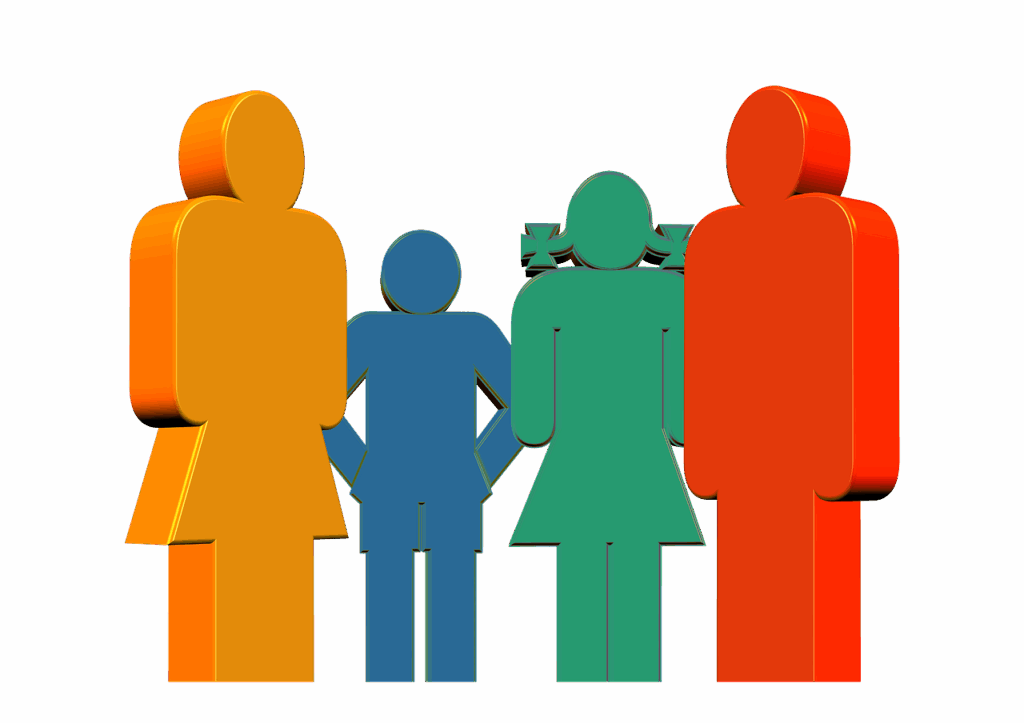

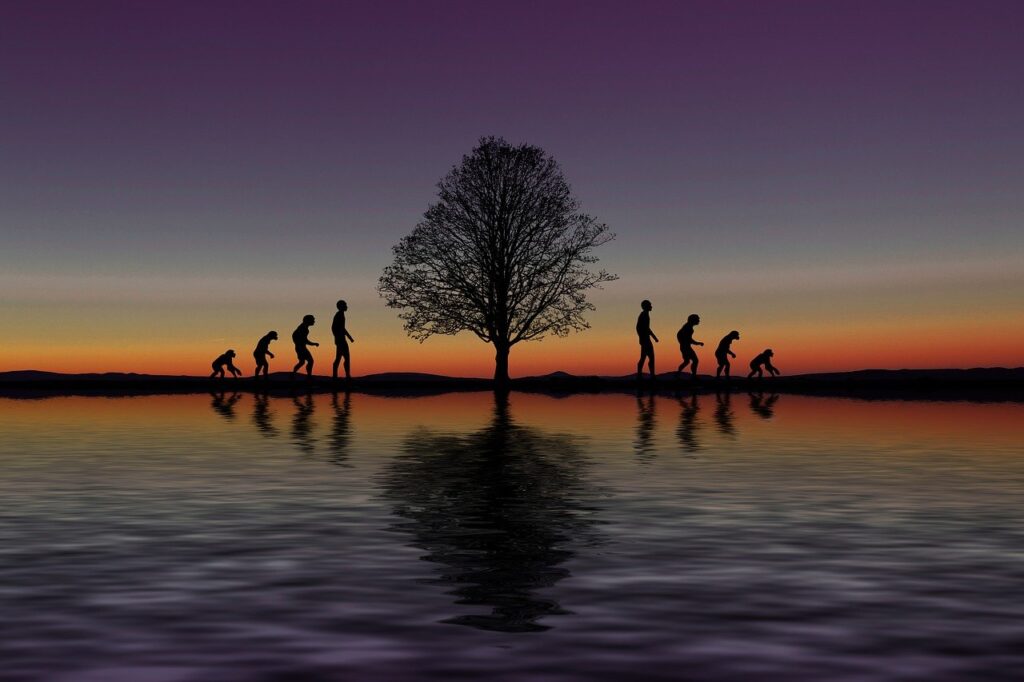
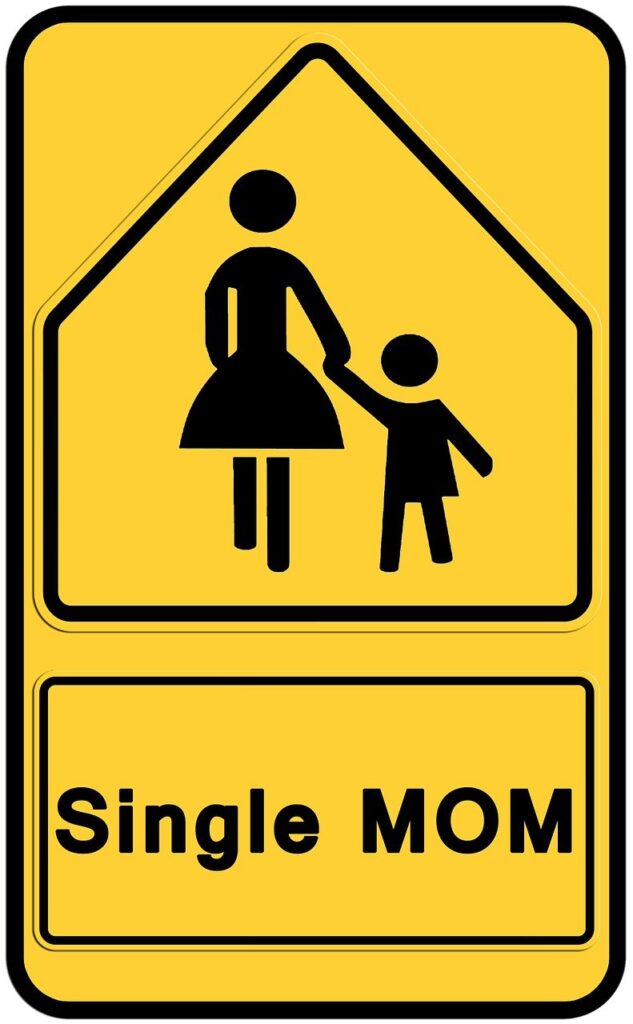


:max_bytes(150000):strip_icc()/GettyImages-1161177015-f1de4ba58a6c4f50969d9119d80405a6.jpg)